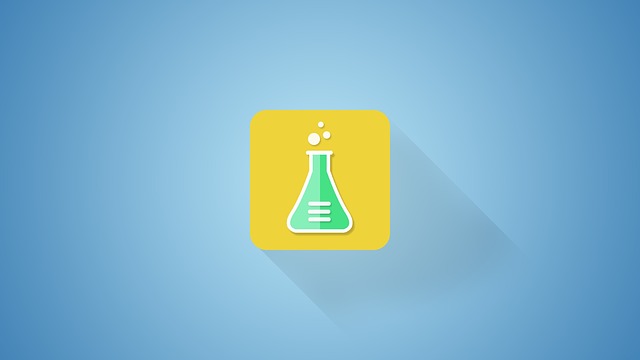Drug Rehab Need By Gender
- Among persons aged 12 or older in 2000, the percentage of males needing addiction treatment for an illicit drug problem was higher than the percentage of females needing addiction treatment (2.6 vs. 1.6 percent). This translates to 2.7 million males and 1.9 million females needing addiction treatment. On the other hand, the percentage receiving specialty addiction treatment among those needing addiction treatment was higher for females than males (19.0 vs. 15.0 percent). However, this was not a statistically significant difference. Click here to find more how to buy 4-FA for sale.
- Among youths aged 12 to 17 in 2000, the percentage of males needing addiction treatment for an illicit drug problem was higher than the percentage of females needing addiction treatment (5.0 vs. 4.2 percent). The percentage receiving specialty addiction treatment among youths needing addiction treatment was higher for males than females (13.0 vs. 9.4 percent). This was not a statistically significant difference.
- In 2000, 2.0 percent of whites aged 12 or older needed addiction treatment for an illicit drug problem. The percentage needing addiction treatment was about the same among blacks and Hispanics (2.5 and 2.4 percent, respectively). The highest rates of those needing addiction treatment were for persons reporting more than one race (5.5 percent) and for American Indians/Alaska Natives (4.3 percent); the lowest rate was for Asians (0.7 percent).
- Among whites needing addiction treatment, 17.8 percent received addiction treatment at a specialty facility. Only 9.0 percent of all Hispanics needing addiction treatment received addiction treatment. The percentage receiving addiction treatment among blacks who needed addiction treatment was 18.6 percent, although the sampling error associated with this estimate is large and the estimate is not shown in the tables.
- Whites accounted for most of the illicit drug addiction treatment need in 2000. Of the 4.7 million persons needing addiction treatment, 3.2 million (69 percent) were white. Whites accounted for 75 percent of the persons who received specialty addiction treatment for an illicit drug problem in 2000.
Conclusion:
The data from 2000 highlights significant gender and racial disparities in illicit drug addiction treatment needs and utilization. While the percentage of males needing treatment was higher than females, the latter had a slightly higher percentage receiving specialty addiction treatment. Among racial groups, whites had the highest overall treatment needs, both in terms of numbers and percentages, but disparities in treatment access and utilization persisted. Efforts to address these disparities should consider tailored interventions based on demographic factors to ensure equitable access to addiction treatment services.
FAQs: Substance Addiction Treatment Disparities in 2000
1. Q: What were the percentages of males and females needing addiction treatment for illicit drug problems in 2000?
- A: Among persons aged 12 or older, 2.6% of males and 1.6% of females needed addiction treatment, translating to 2.7 million males and 1.9 million females.
2. Q: Was there a difference in the percentage of males and females receiving specialty addiction treatment among those needing it?
- A: Yes, the percentage receiving treatment was higher for females (19.0%) compared to males (15.0%). However, this difference was not statistically significant.
3. Q: How did addiction treatment needs vary among youths aged 12 to 17 in 2000?
- A: For this age group, 5.0% of males and 4.2% of females needed addiction treatment. Males also had a higher percentage (13.0%) receiving specialty addiction treatment compared to females (9.4%), but this difference was not statistically significant.
4. Q: Were there racial disparities in addiction treatment needs in 2000?
- A: Yes, whites (2.0%) had a lower percentage needing addiction treatment compared to blacks (2.5%) and Hispanics (2.4%). The highest rates were among those reporting more than one race (5.5%) and American Indians/Alaska Natives (4.3%), while Asians had the lowest rate (0.7%).
5. Q: What percentage of whites, blacks, and Hispanics received specialty addiction treatment when needed?
- A: Among whites needing treatment, 17.8% received specialty addiction treatment. However, only 9.0% of Hispanics needing treatment received it. The percentage for blacks was 18.6%, but this estimate had a large sampling error and wasn't shown in the tables.
6. Q: Which racial group accounted for the majority of illicit drug addiction treatment needs in 2000?
- A: Whites accounted for 69% of the 4.7 million persons needing addiction treatment. They also represented 75% of those who received specialty addiction treatment for illicit drug problems in 2000.
